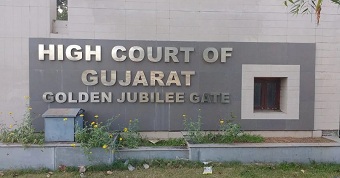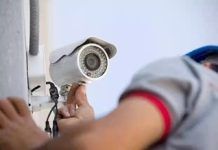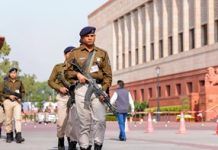The Gujarat high court has expressed its disapproval of the state government’s policy of outsourcing the work of fire inspection of buildings for the renewal of fire NOCs. The judges insisted that the civic bodies should have internal mechanisms to carry out this task.
A hearing was being held on a PIL filed by petitioner-advocate Amit Panchal for the implementation of fire safety norms in hospitals and other buildings after the Shrey Hospital fire. A division bench commented on the lean staff strength of the AMC’s fire department and the lack of infrastructure for the continuous monitoring of the renewal of fire NOCs of buildings.
The AMC asserted that it has enough staff and the task of renewal of fire NOCs has been outsourced following huge establishment costs, as it requires the employment of a large number of people.
“You are placing responsibility on a third party. You have to recover fire inspection costs from the people to whom you are rendering the service,” the judges said. “Primary obligation will lie with the owner and occupant of the building.” The judges further said, “Cost is not an issue when fire safety of people is at stake…Occupants have to pay for their benefit only, not for others.” The judges went on to say: “It is for their safety. You cannot throw a burden on a third party. They will sit in the office and issue renewal certificates. That is a hard reality.”
The HC questioned the AMC about how it would deal with lapses if fire inspection is outsourced. It also said that people are ignorant about law and depend on authorities.
The AMC informed the court that a new computer system will now flag buildings that are due for renewal of fire NOCs. This data was unavailable earlier, but now can be managed. The state government, in its affidavit, said that it has trained 100 fire officers for inspection and 300 more persons are undergoing training.








